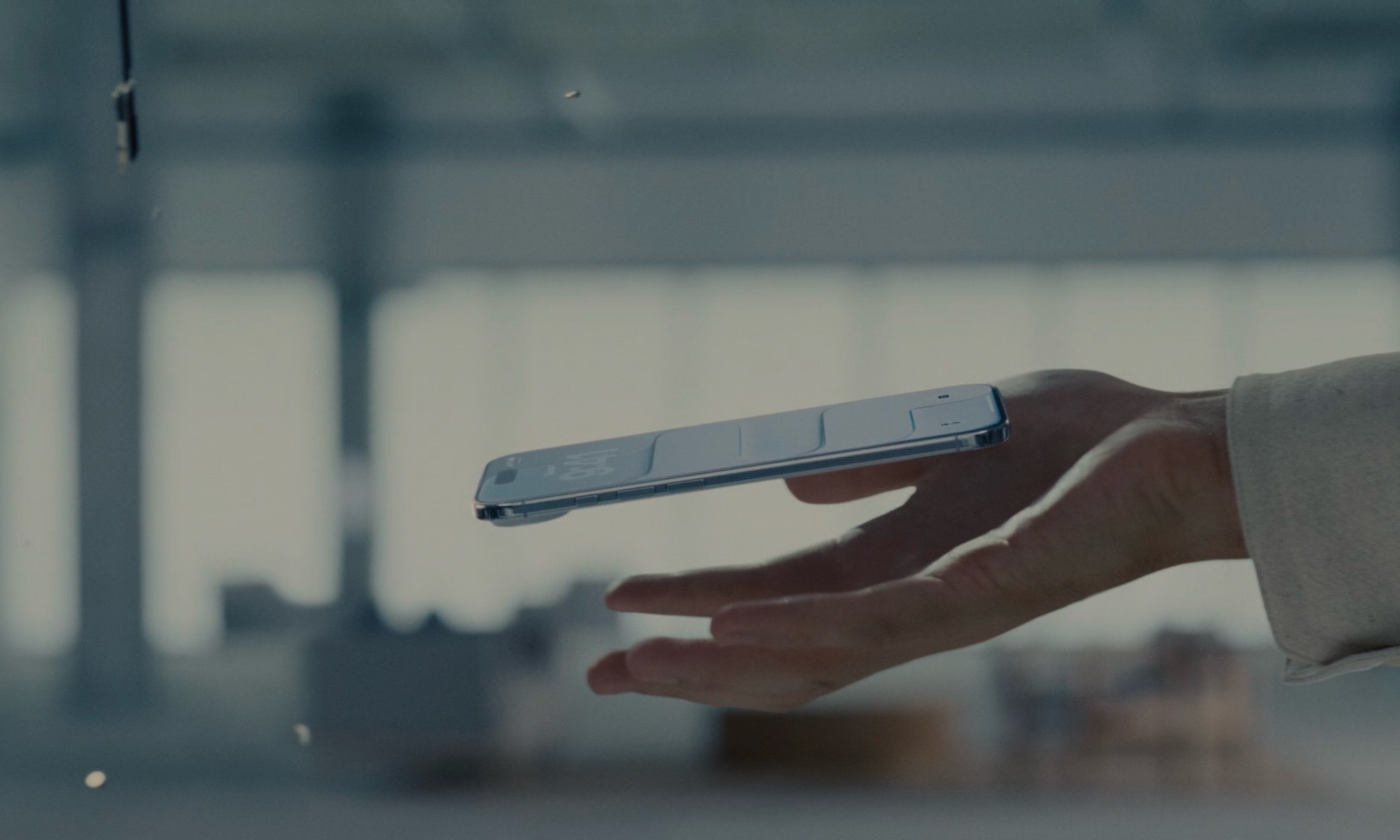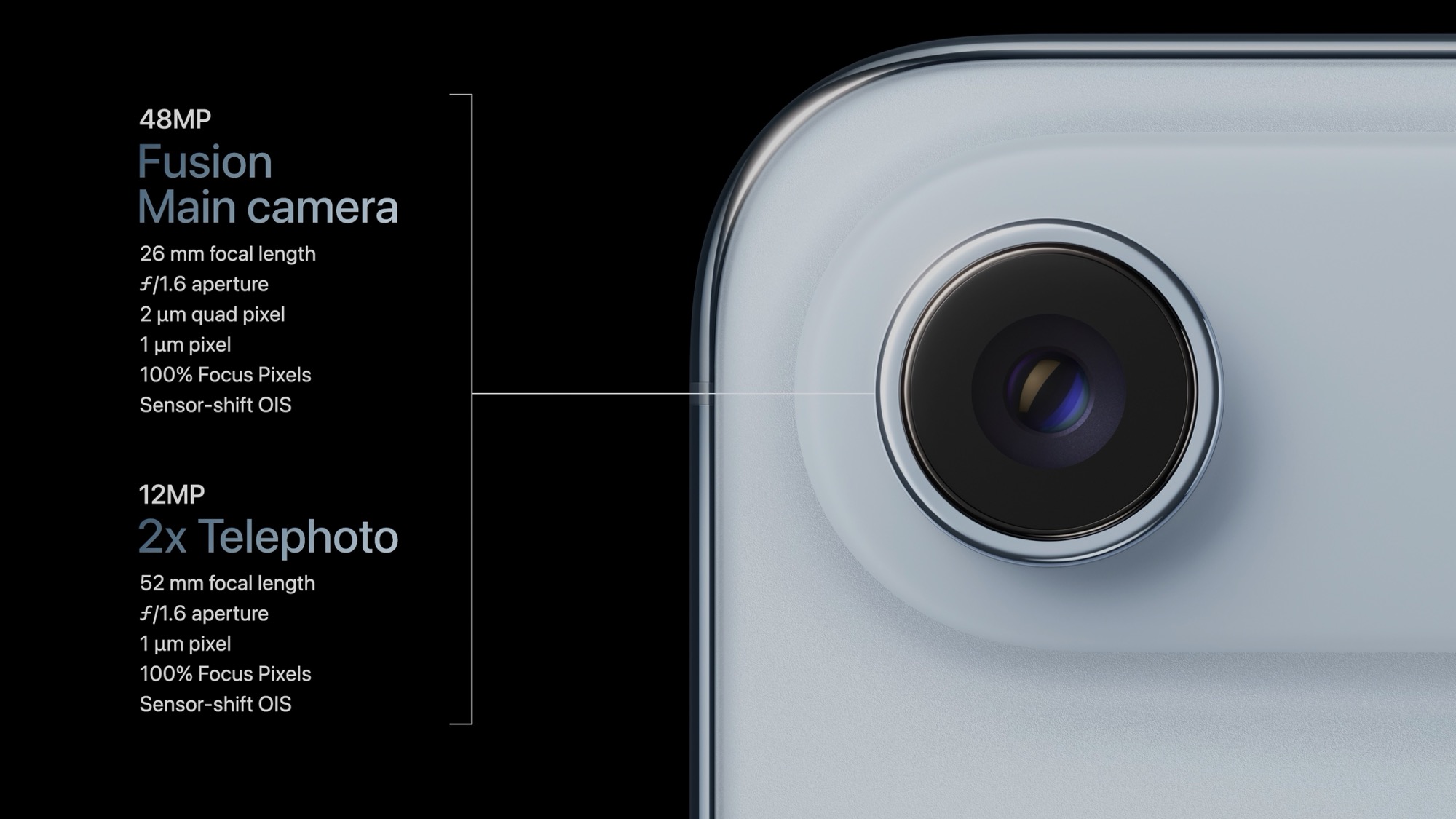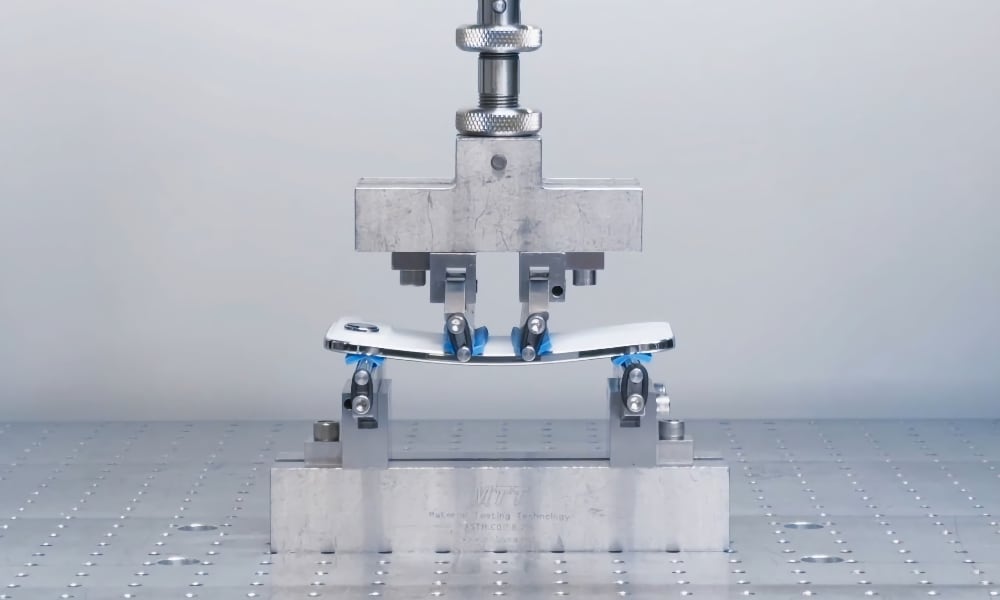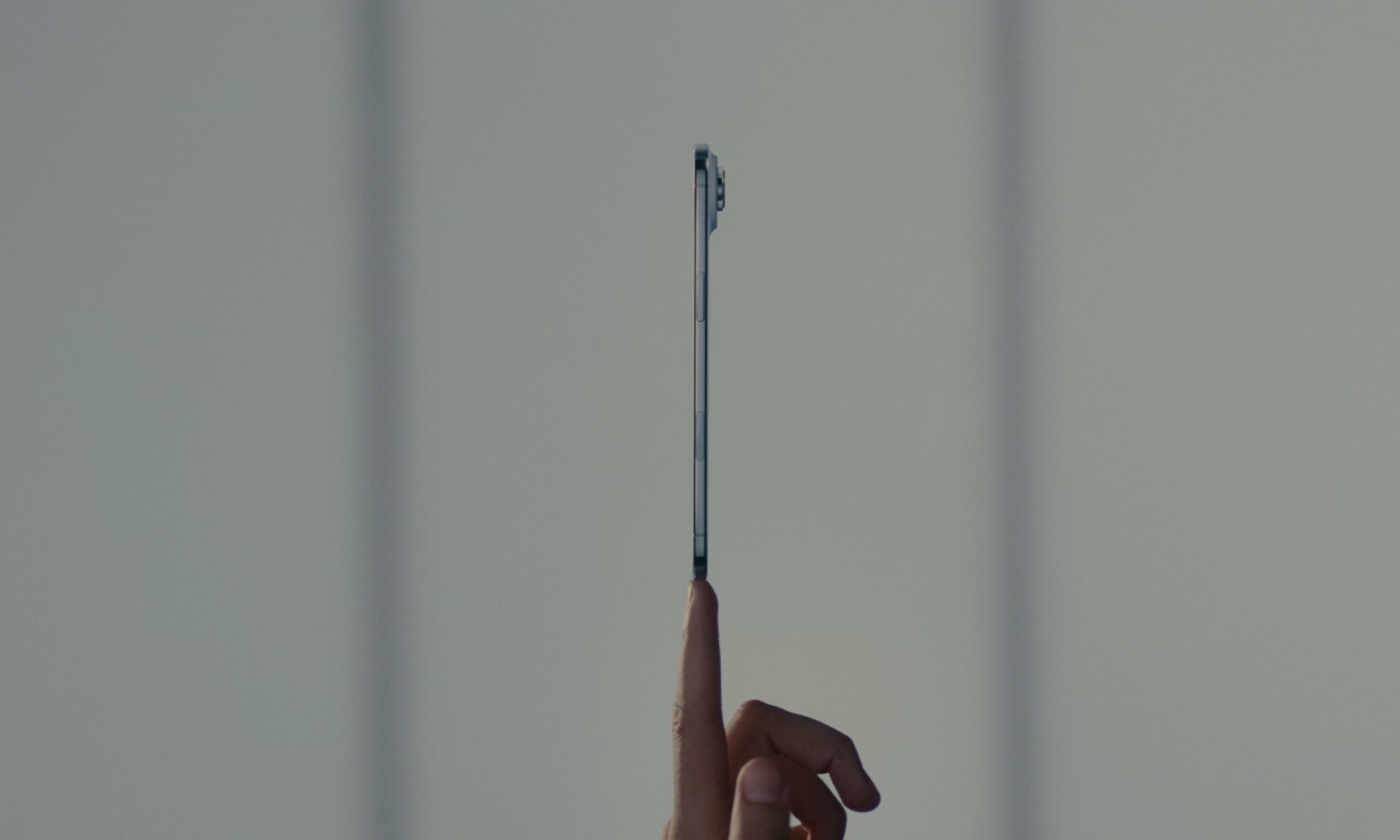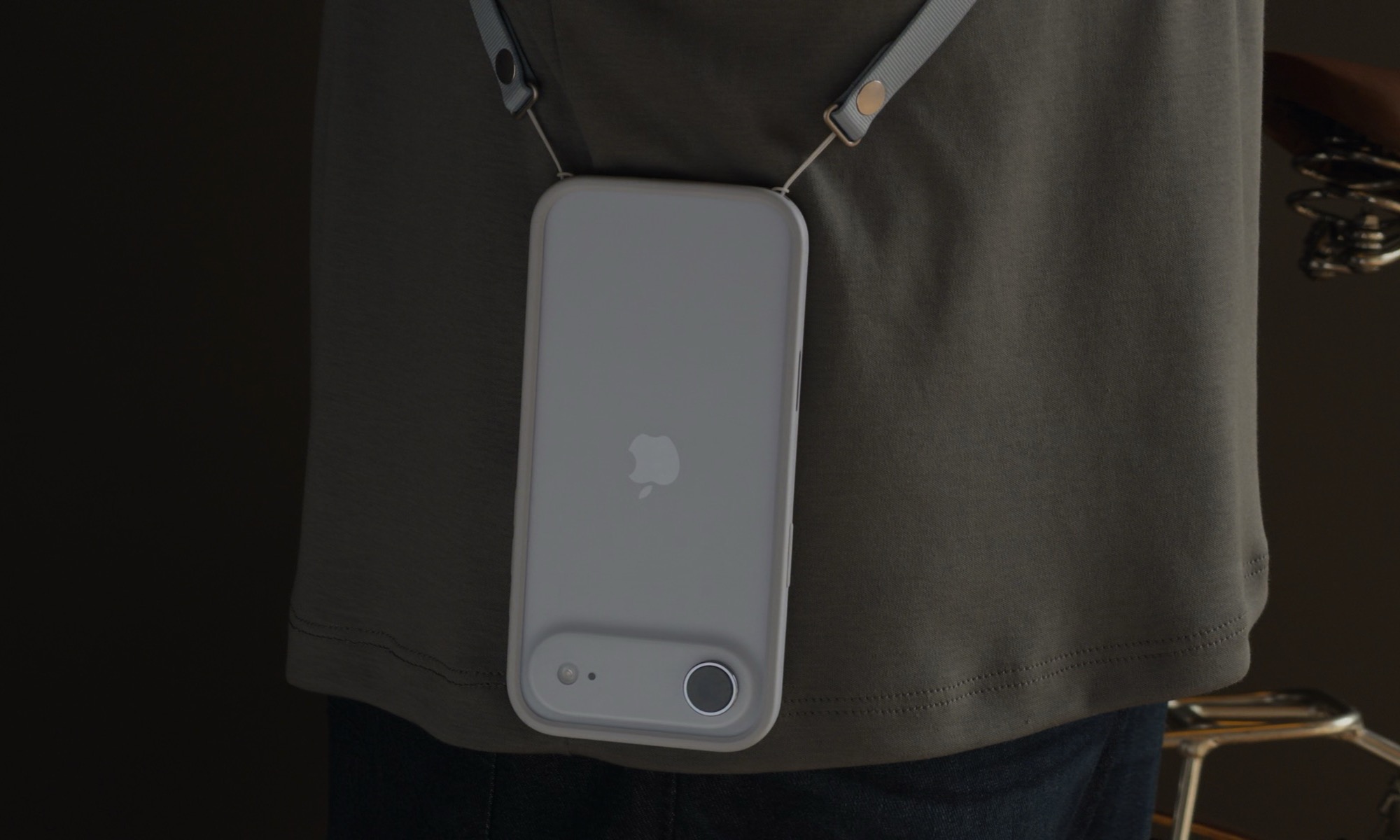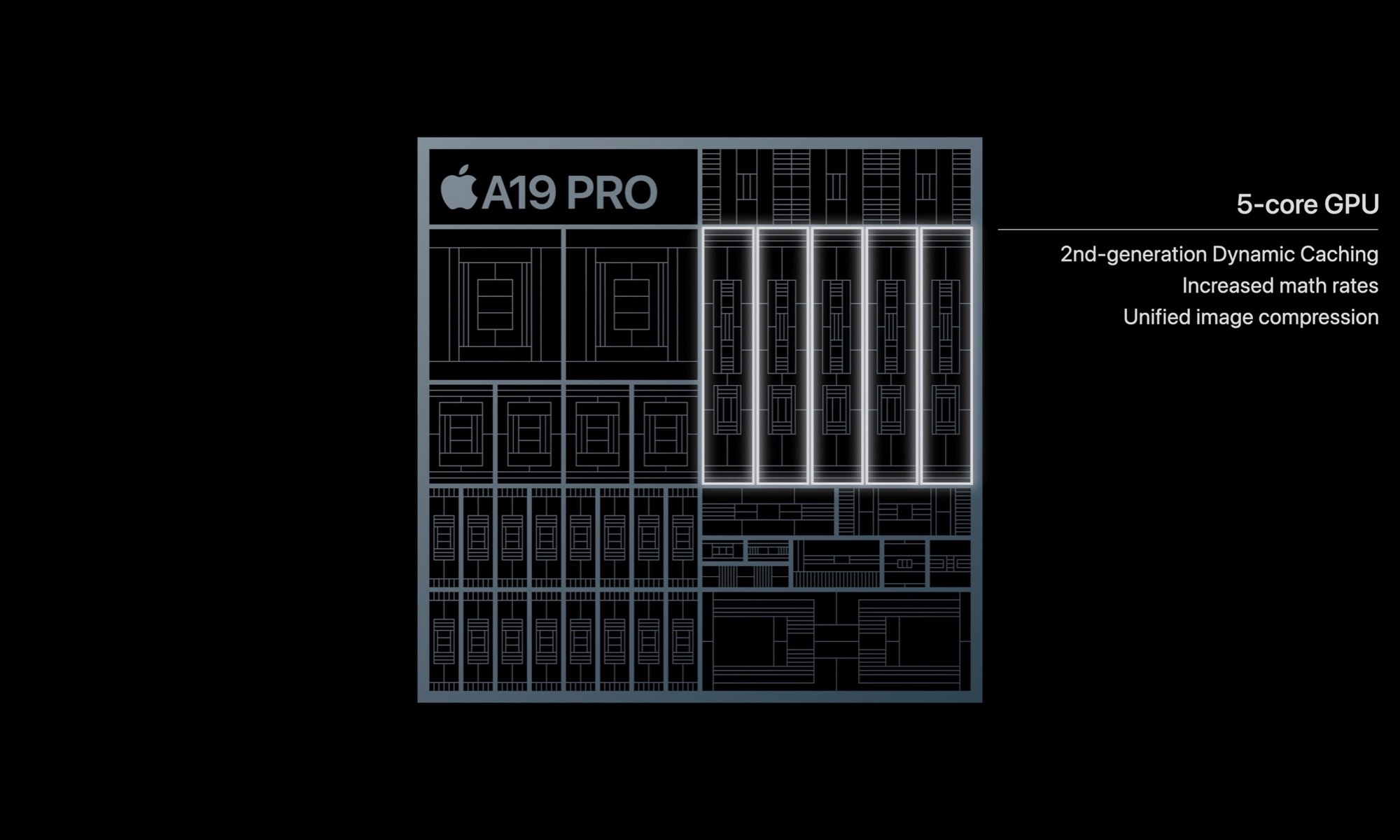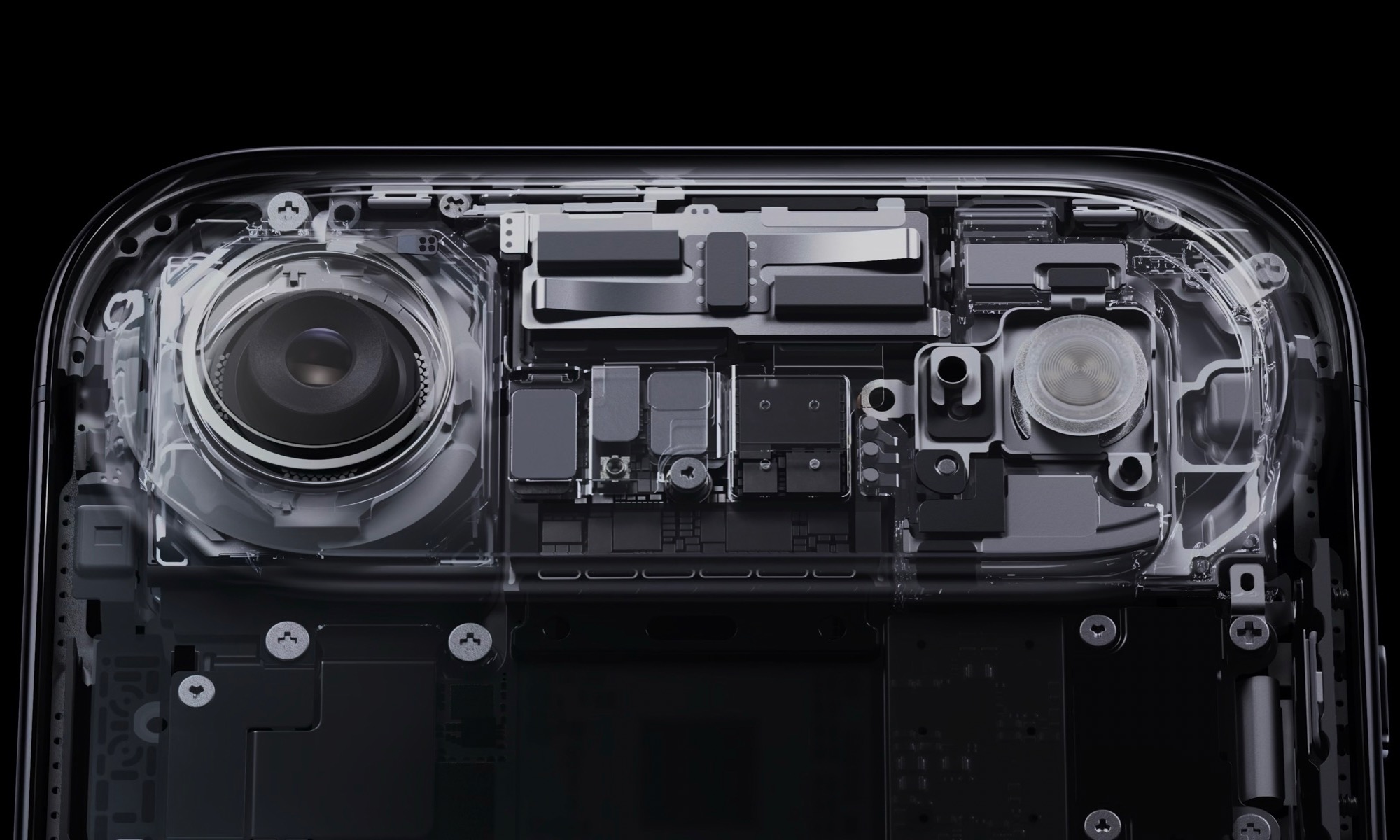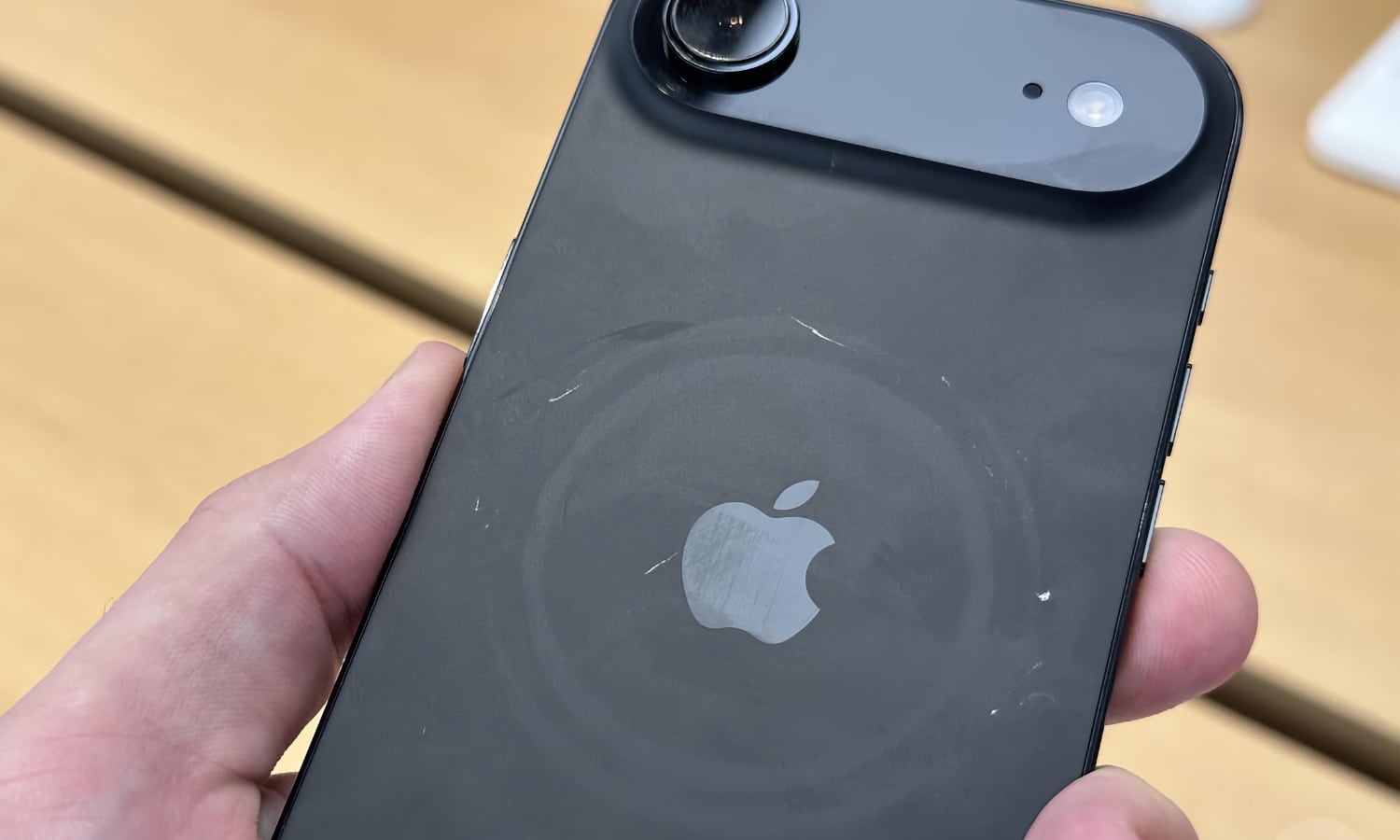9 Smaller iPhone Air Details Worth Considering
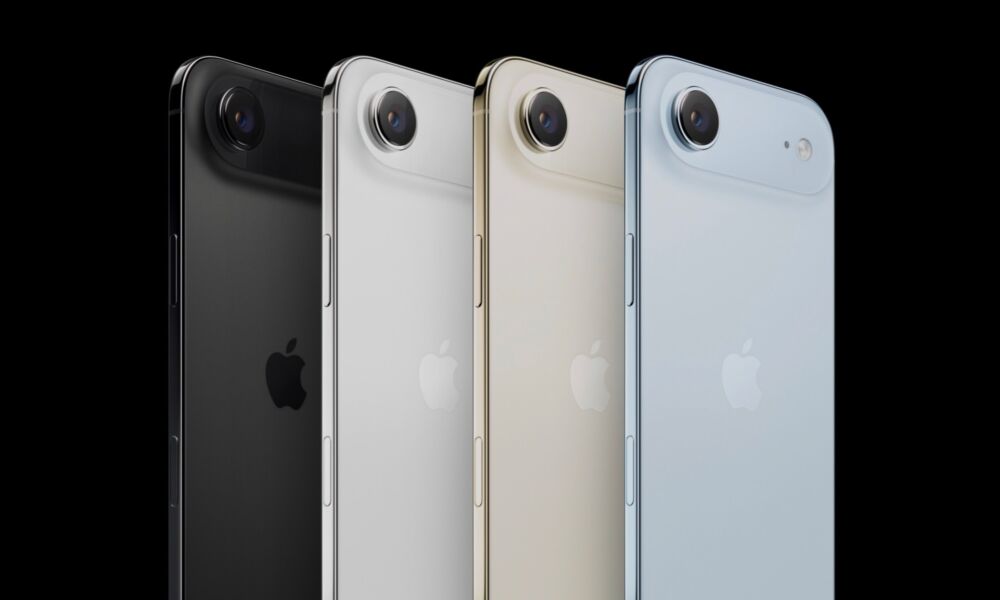
This year’s iPhone event heralded what’s arguably the biggest redesign of the iPhone Pro lineup that we’ve ever seen. However, what really stole the show was a new model with such a radically new design that Apple set it apart by leaving it unnumbered from the rest of its 2025 lineup.
Although rumors of Apple’s work on a slimmer iPhone go back to early 2024, reports were mixed on exactly how thin it would be. What we actually got, at 5.6 mm, was definitely on the lower end of those predictions, which generally ran between 5.5 and 6.25 mm. Still, anything in that range would have been incredible, considering that the slimmest iPhone that Apple had ever made before the iPhone Air was the 2014 iPhone 6, which came in at 6.9 mm.
Despite everything we’d already heard about Apple’s svelte new iPhone, it was still magical to see the company actually unveil it. It was every bit as slim as everyone hoped for, and had the single camera that had been widely rumored since the start. However, Apple also surprised us by not only showing off the elegant design, but also explaining how it had packed all the electronics into the camera bump — what it now calls the “plateau” — leaving the rest of the body to be occupied almost entirely by battery.
It’s an incredible feat of engineering, and while it may not be the feature-laden sort of “innovation” that many folks crave, there’s no arguing that Apple has moved the needle ahead where it counts. However, the iPhone Air also feels like an interesting combination of both niche and prototype. It was ostensibly brought in to fill a gap left by the now-discontinued iPhone Plus, which hadn’t sold much better than the ill-fated iPhone mini, but it’s not strictly a replacement for those. Instead, it’s something entirely different.
That’s probably why Apple isn’t calling it the “iPhone 17 Air.” It’s not simply another iPhone 17, but the start of a whole new generation. It’s an open question when (or if) we’ll see a sequel, but many pundits are already pointing out that what we’re actually seeing is the first half of the long-rumored iPhone Fold, so it’s possible this may end up being merely a stepping stone on that journey.
Still, the iPhone Fold is at least a year away. The iPhone Air is here now, and it’s a tempting proposition for many folks, as it delivers much of the power of the iPhone 17 Pro in a package that compromises mostly on cameras and battery life to create the slimmest iPhone ever made. That makes it worth a closer look for many who don’t need the advanced photographic capabilities of Apple’s pricier Pro models, but still want something that’s a notch above the standard iPhone 17.
The key phrase in the above paragraph is that the iPhone Air mostly compromises on cameras and battery life. Those are the changes that will be readily apparent at first glance. However, read on for 9 subtle things that you’ll want to take into account if you’re considering the iPhone Air.
The Single Camera
The single camera is one of the most obvious limitations of the iPhone Air, but we should chalk this one up at least partly into the “pro” column, as we don’t want you to be fooled by Apple’s other single-camera phone, the iPhone 16e. The iPhone Air doesn’t have the same limitations, and it’s the best single-camera iPhone Apple has ever made by a healthy margin.
Sure, you’ll be missing some key features like Cinematic mode, Spatial photos and videos, and macro photography. These features rely on the second Ultra Wide lens.
It’s also worth mentioning that, despite having the iPhone 17 Pro’s A19 Pro chip, the iPhone Air lacks features like ProRes RAW, ACES, Log 2 video recording, and Genlock support. These are all quite literally “pro” features, so it shouldn’t be surprising that Apple is limiting them to the iPhone Pro models.
With those limitations out of the way, what you are getting is a single 48 MP Fusion Camera that can handle everything the main cameras on the rest of the iPhone 17 models are capable of. This includes a 2x optical zoom using pixel binning, sensor-shift optical image stabilization (OIS), next-generation portrait features with depth and focus control, and the latest photographic styles. Thanks to the sensor-shift OIS, the iPhone Air also supports Action mode.
It’s unclear how much Apple artificially limited the iPhone 16e camera, but it’s notable that it markets that as a “2-in-1 camera system,” while the iPhone Air is marketed as a “48MP Fusion camera system” that’s significantly more capable.
Surprisingly Durable
With the thinness of the iPhone Air, it was inevitable that we’d be seeing the usual pundits putting it through stress tests almost as soon as they could get their hands on one. This year, Apple decided to head them off at the pass by showing off its own testing. In a video provided to Tom’s Guide, it showed how it subjected the new iPhone to a machine that placed 130 pounds of pressure on the middle of the device. While the iPhone Air flexed, it also sprung back as soon as the pressure was removed.
Of course, that didn’t stop the usual crop of YouTubers from conducting their own tests to confirm the results. That’s fair, as one should never take any company’s marketing purely at face value.
As the video above from JerryRigEverything shows, the iPhone Air can’t be bent using the average human hand. It took a mechanical device to apply 215 pounds of point force before it actually broke the front glass, but even then, the iPhone Air remained functional, so that’s a solid point in the “win” column.
Slower Charging
Now, we’ll move on to one of the smaller limitations. Despite Apple upping its wired charging speeds on this year’s iPhone 17 lineup, the iPhone Air shows its outsider status by retaining the same speeds as last year’s models (which have remained unchanged since 2017).
That means that an iPhone Air will still take about 30 minutes to charge up to 50 percent from a 20W power adapter, according to Apple’s official specs. That’s the same time the iPhone 17 models take with the same adapter, but if you plug those into a more powerful 40W adapter, you can cut that initial charging time down to 20 minutes.
We’ll have to wait for some real-world tests to see how this plays out in terms of total charging times, but the smaller battery on the iPhone Air likely means the overall charge time might be quicker, although, of course, you’ll still be leaving the house with less juice overall.
USB 2 Transfer Speeds
Another Pro-exclusive feature the iPhone Air misses out on is the faster USB 3 transfer speeds that Apple brought to the iPhone 15 Pro lineup two years ago. The iPhone Air still sports only a USB 2.0 USB-C port.
In practical terms, that means your transfer rates will be capped at 480 Mbps, versus the 10 Gbps offered by the iPhone 17 Pro and iPhone 17 Pro Max. Apple clearly considers this a “Pro” feature, aimed at those who are using the iPhone in cinematography or to shoot higher-resolution RAW photos, which can be huge and therefore benefit from the faster transfer speeds.
This won’t have a significant impact for most folks, as it only applies to transferring large amounts of data between your iPhone and your Mac or PC. Still, it’s something to keep in mind if you prefer to back up your iPhone and transfer your photos over a wired connection instead of relying on iCloud or another cloud-based service.
A Single Speaker
One of the less visually noticeable differences between the iPhone Air and the rest of the family is that Apple’s ultra-slim model only packs in a single speaker, and it’s located in the earpiece.
This has a greater impact than just lacking stereo audio. Most early reports suggest that the iPhone Air won’t get nearly as loud as any other recent iPhone models. The sound is also said to be flatter.
It’s seemingly fine for casual use. However, if you like to play games or watch movies on the iPhone, the audio output will likely sound somewhat anemic.
That said, it’s also a non-issue if you typically use AirPods or other headphones with your iPhone.
Lighter Haptics
In addition to lower volume from the single speaker, we’ve seen reports that the iPhone Air has gentler haptic feedback compared to the full-thickness iPhone models.
The consensus seems to be that they’re about half as strong. Combined with the lighter weight of the iPhone Air, this means you might have a harder time feeling it vibrate in your pocket when a notification or call comes in.
This may not be as noticeable for things like keyboard haptics, which are already relatively light on most iPhone models to begin with. Reports are mixed on how many people are noticing a significant difference, but the consensus is that the haptics used for alerts and calls are noticeably weaker.
How much this matters will depend on how you carry your iPhone, but it’s worth being aware of.
A Lesser GPU
Reports on which chip Apple would put in the iPhone Air were mixed leading up to Apple’s event, but it was a pleasant surprise when it turned out to be the A19 Pro rather than just the standard A19.
That means the iPhone Air will perform mostly the same as the iPhone 17 Pro and iPhone 17 Pro Max during most everyday tasks. However, expect Apple’s more expensive iPhone models to outperform it when gaming.
That’s because the A19 Pro used in the iPhone Air is a “binned” version that has one less GPU core — five cores instead of six on the iPhone 17 Pro. It also lacks the vapor chamber cooling of its pricier cousins, which means that, while it can still handle AAA console games like Assassin’s Creed: Mirage with aplomb, it will heat up faster, resulting in performance being throttled sooner.
No mmWave Support
The iPhone Air is the first mainstream model to ditch Qualcomm 5G modem chips in favor of Apple’s in-house silicon. In this case, it’s the C1X, a slightly upgraded version of the C1 that came to the iPhone 16e earlier this year.
Apple says the new “X” version is twice as fast and 30 percent more power-efficient than the C1, but there’s still one thing it lacks, and that’s support for the higher-frequency mmWave bands.
While mmWave can deliver faster performance, that’s not something iPhone Air users are likely to care about. However, the greater bandwidth offered by mmWave can make a big difference when visiting crowded venues like stadiums and airports, where thousands of people may be vying for a piece of the 5G signal.
Expect the models of the iPhone 17, iPhone 17 Pro, and iPhone 17 Max to get a better signal in these scenarios, at least in the United States, which is still the only region where Apple sells mmWave versions of the iPhone.
Watch Out for Scuffs
Lastly, you may want to consider which iPhone Air color you choose, as there have been numerous reports that the space black iPhone Air is a scuff magnet.
It seems something is going on with Apple’s darker shades of Ceramic Shield this year, as both the deep blue iPhone 17 Pro models and the space black iPhone Air are showing scuffs or discoloration on the back, particularly around the MagSafe charging ring. This is being observed on iPhone models that are still on display in Apple Stores, which doesn’t bode well for how one will look after you take it home.
The good news is that this seems only to be a problem for the space black iPhone Air. The other three shades — sky blue, light gold, and cloud white — aren’t showing any of the same wear.

